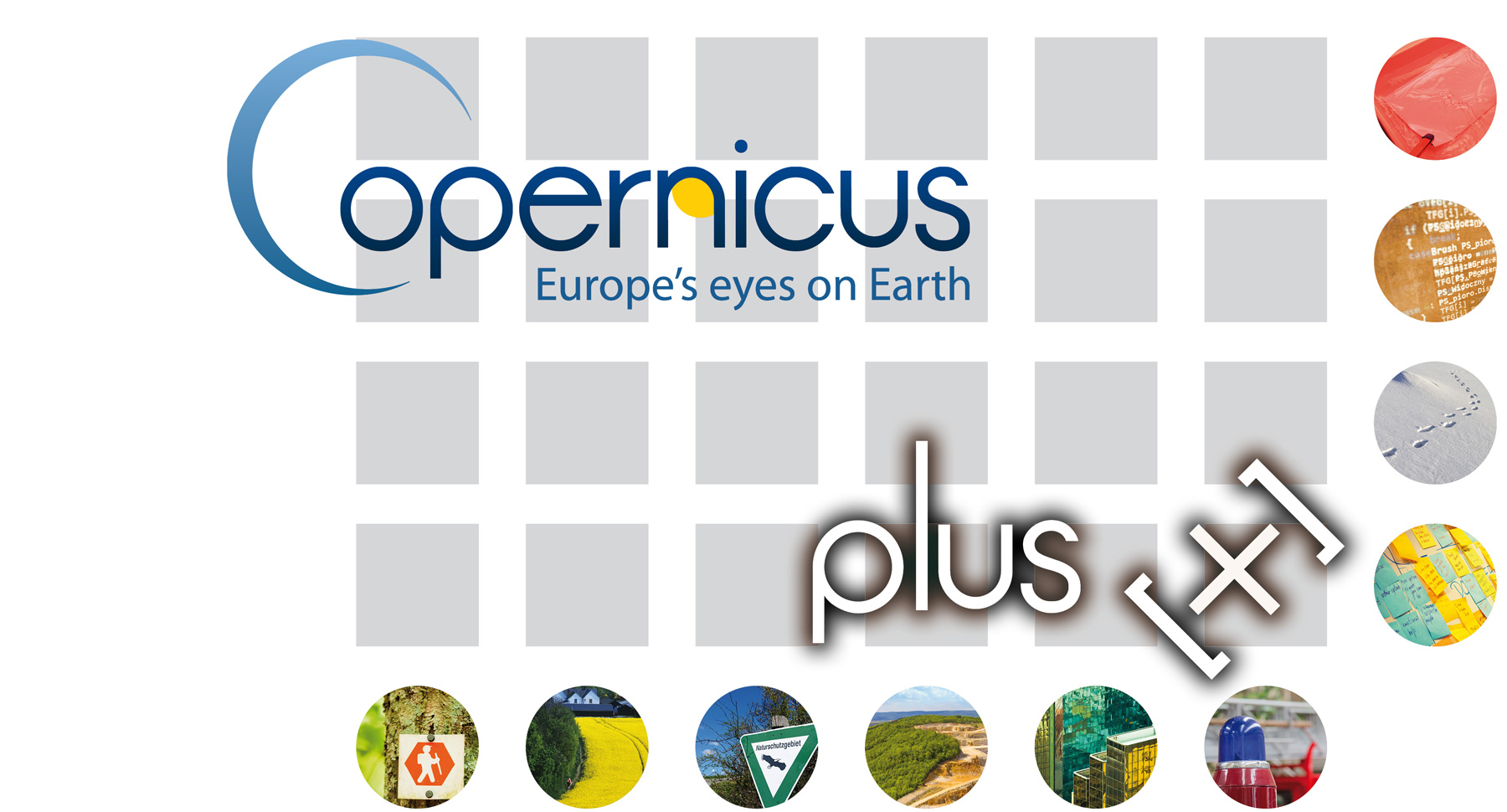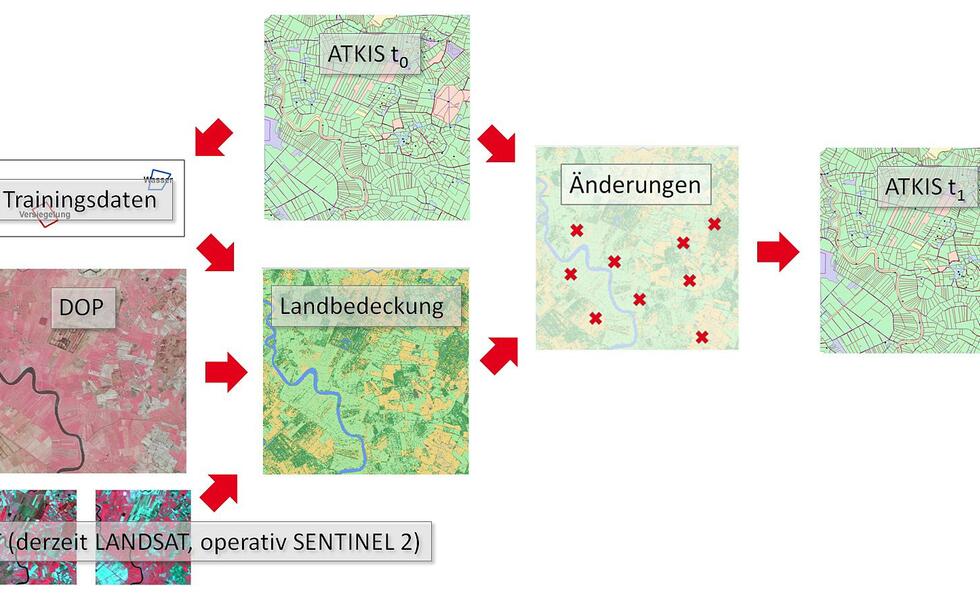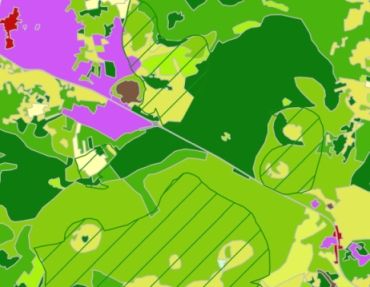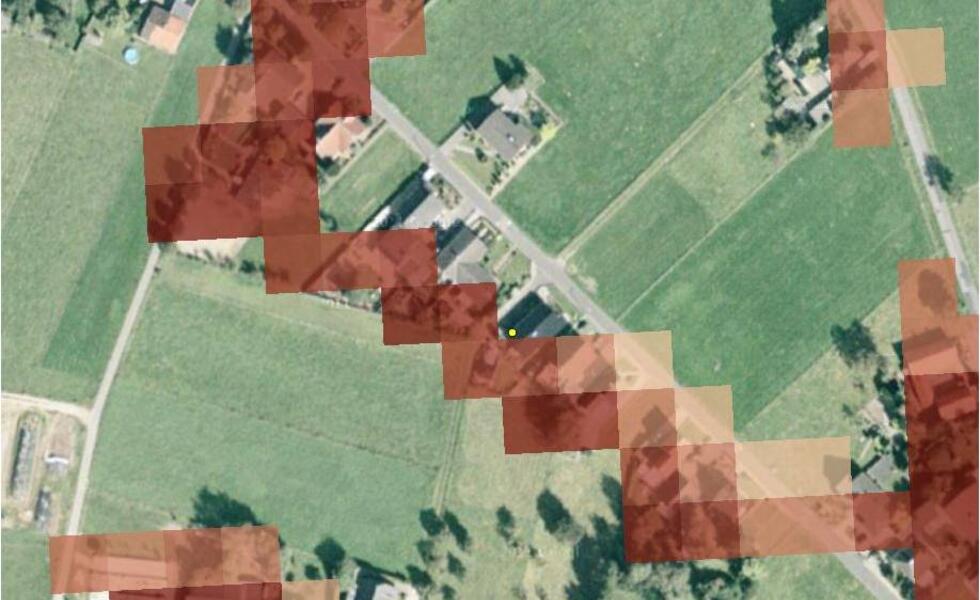Back in the 16th century, Nicolaus Copernicus turned the world on its head with his revolutionary theory of heliocentrism, which placed the sun – rather than the earth – at the centre of the universe. Fast-forward to the modern day and a European program named after the mathematician and astronomer is now monitoring our planet and achieving unprecedented standards of data quality in geocentric observation. In spite of the shift in thinking that has taken place since his lifetime, Copernicus’ name remains synonymous with the ambitious, large-scale undertaking of observing our planet and using the associated data to understand how our solar system works.
Copernicus is also the name given to the European infrastructure for global satellite-supported monitoring. The program, initially known as “Global Monitoring for Environment and Security” (GMES), has its own infrastructure of space components comprising a fleet of earth observation satellites referred to as the Sentinels. The Sentinel systems record measurements continually, sending a constant stream of new global data back to the scientists on earth. The families of sensors cover a wide range of applications; the program’s own Copernicus service components are generally dedicated to collecting pan-European geoinformation. Data from both sets of components is freely available and can be studied and analysed, in conjunction with other in-situ data sets, by organisations below European Union level.

But how do “Europe’s eyes on earth” deliver data that can unlock answers to local and regional questions at scales of 1:10000 or better? The combination with in-situ data is the key that allows Copernicus data to be scaled for a wide range of applications. In-situ data sources include UAV aerial images, official geodata and field maps – providing a variety of data sets that can be thematically and technologically fused with Copernicus data using various geoIT solutions.
We use the technology, data and applications in our day-to-day work, so we view Copernicus as an additional building block in the matrix of geoIT services and applications that we offer to meet our customers’ needs. The scalable components of in-situ data integration are another major plus.
Since the start of the Copernicus initiative, EFTAS technology and networking services have been instrumental in establishing and running the program. We deliver Copernicus plus [x].



